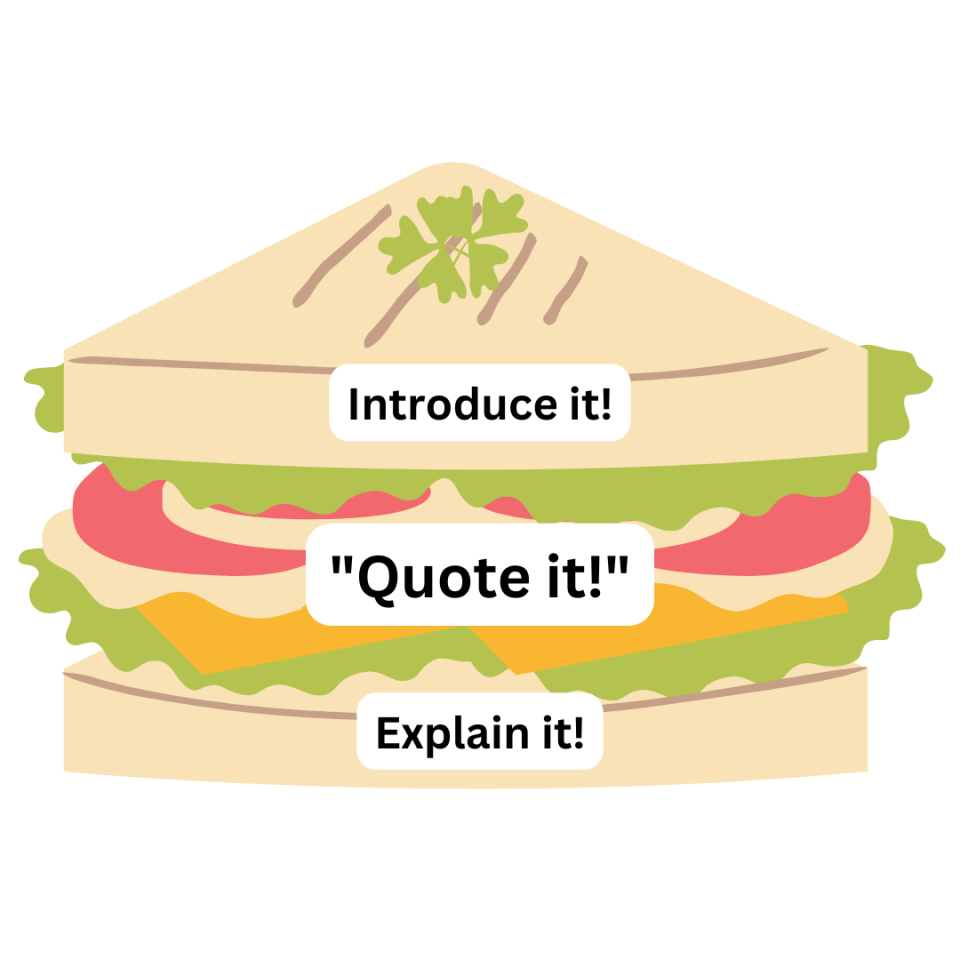One of the most thought-provoking works we've read lately is Bad Ideas About Writing, edited by Cheryl E. Ball and Drew M. Loewe.
This open-access book from the University of West Virginia examines popular myths and assumptions about the teaching and learning of writing. You’ll find brief, “opinionated encyclopedia entries and researched mini-manifestos” from experts in writing studies. These pieces will get you up-to-date on research and conversations about writing and help you reflect on your teaching practices.
Below is a sampling of “bad ideas” from the book. Do you agree or disagree with the arguments?

Quick summary: No two writing situations are exactly alike. Expectations vary from one writing situation to the next, so it is difficult to generalize what good writing is and how to do it.
Key quotation: “[E]very new situation, audience, and purpose requires writers to learn to do and understand new possibilities and constraints for their writing.”
“But this isn’t bad news. Rather, it gives all writers permission to keep learning, to fail, and to engage in new kinds of writing in new situations.”
A better idea: Instead of teaching writing in general, show students how to adapt to new writing situations, such as studying examples and considering the purpose, audience, and context. Assure them that the messy, feeling-out process of writing is normal and not a sign of failure.

 It's time to set up your classroom for the school year—boxes, rugs, chairs, shelves, books, handouts. . . .
It's time to set up your classroom for the school year—boxes, rugs, chairs, shelves, books, handouts. . . .







